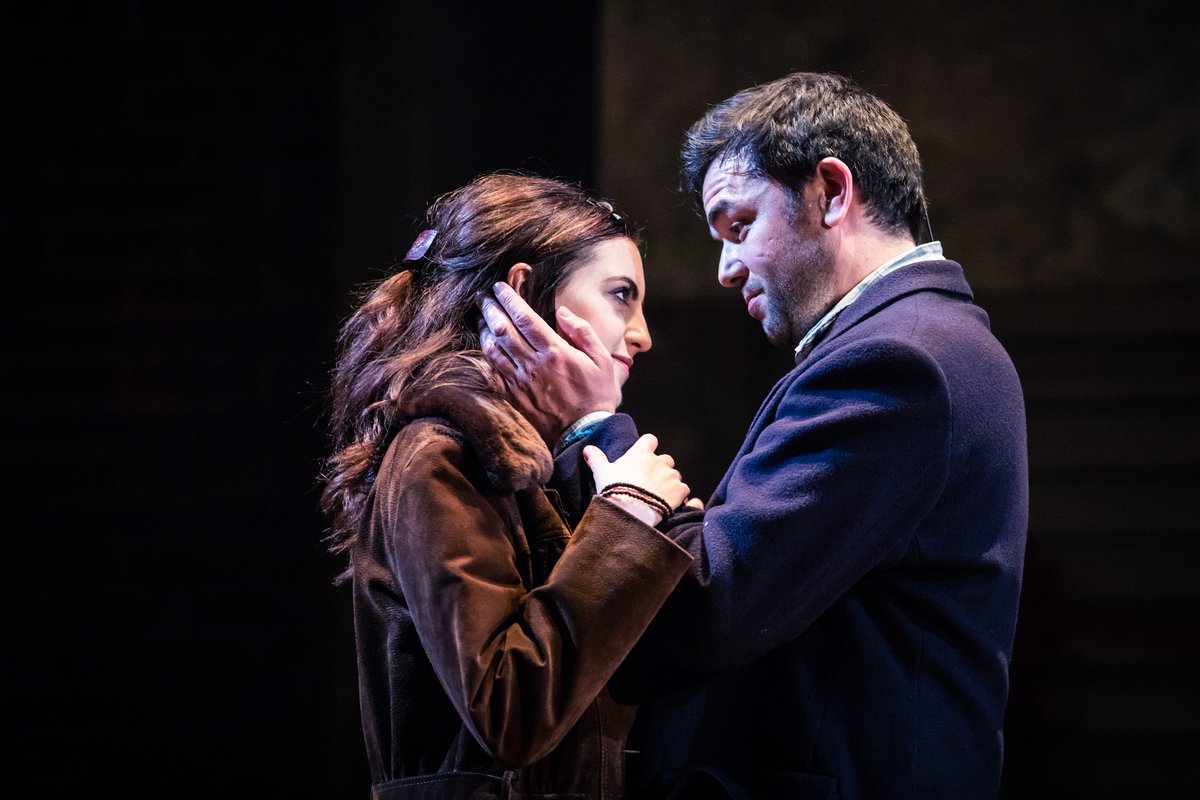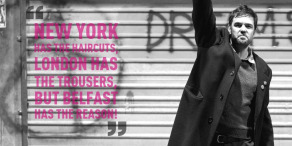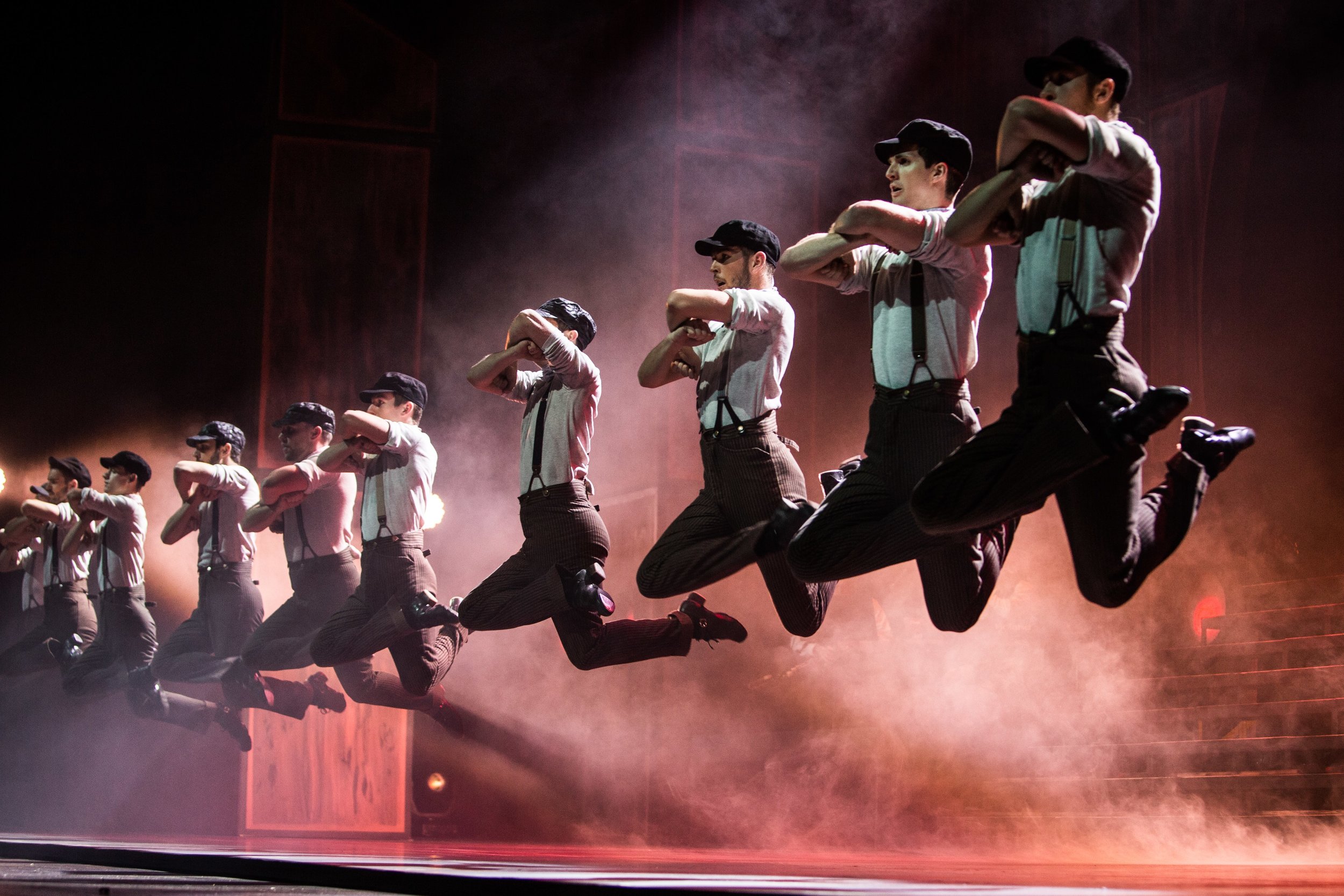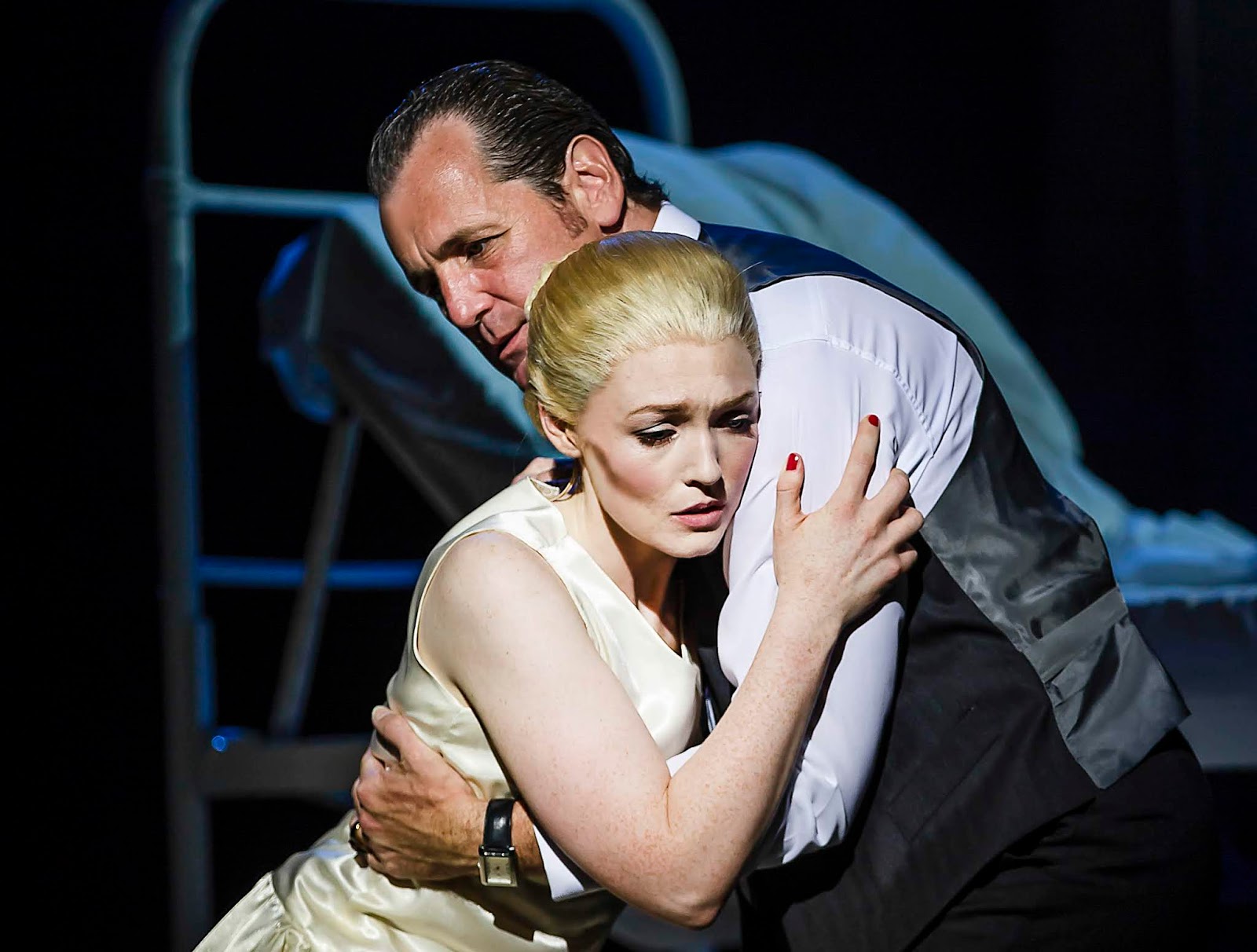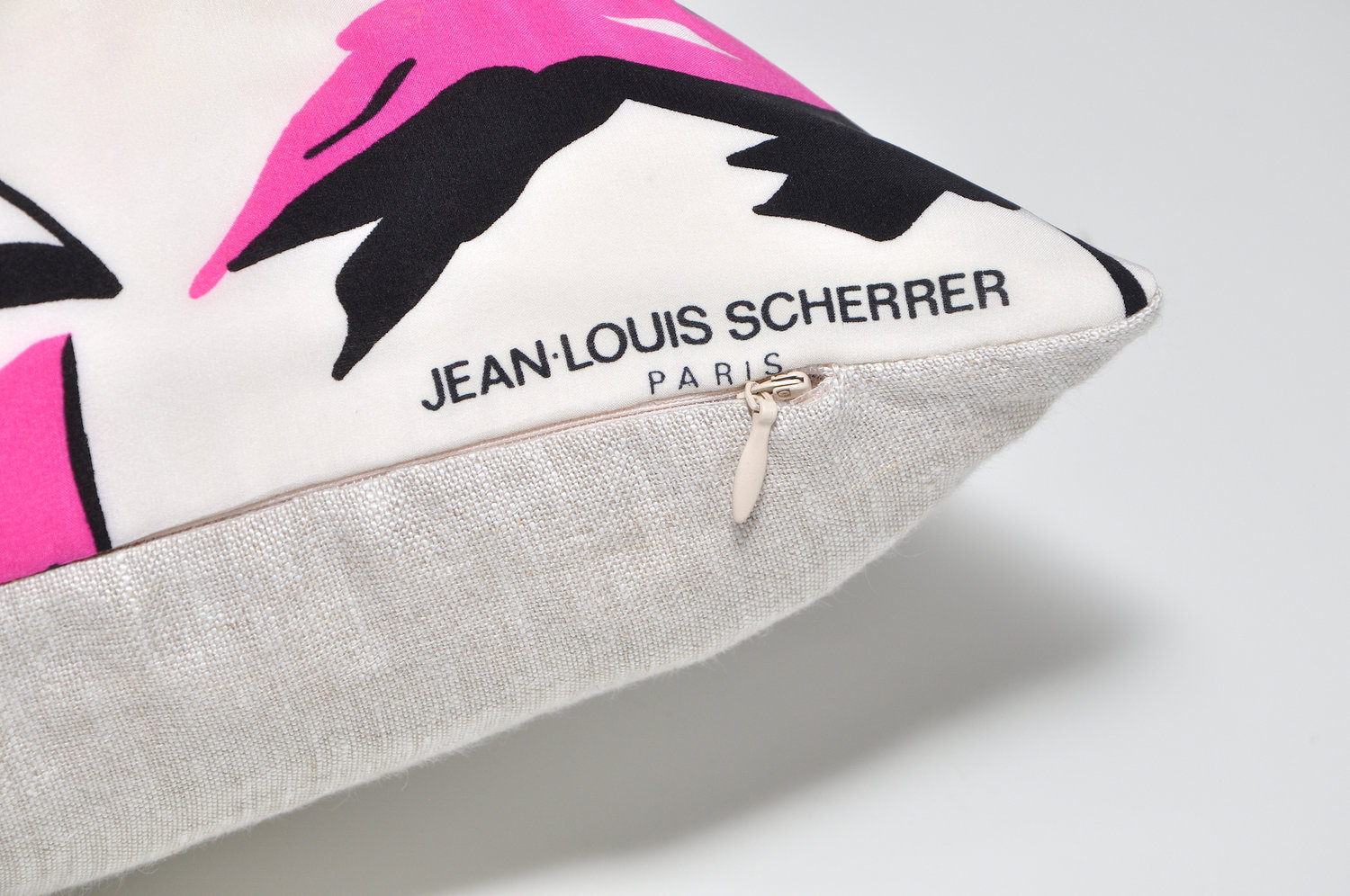Jack and the Beanstalk at the Grand Opera House is so good I’ve seen it twice.
Jack and the Beanstalk is SO GOOD, I’m writing this twice!
I’m literally just home from watching the Grand Opera House’s panto for the second time in as many weeks and I was delighted to see many regulars from the GOH Panto stage take to the boards again this year. John Linehan’s May Trott character is of course the comedy hero - and this is his/her 29th consecutive panto. What a run! Joining May is the double Olivier award-winning actor David Bedella as pantomime’s ultimate baddie, and the giant’s henchman, Fleshcreep. David played the role of Captain Hook in Peter Pan last Christmas, seen by over 75,000 people during its six week run (and I loved the jovial jibes from May and co when she teased him as he sang ‘My Way’ just before his on-stage demise, saying he sang it last year). I cant fail to mention Paddy and Simon, also, who were both wonderfully present and very funny on stage too.
My six year old and friends absolutely LOVED the music - some Greatest Showman numbers mixed with the usual bouncy pop classics, perfect for kids full of delish Dale Farm ice cream and mums seeking a bit of nostalgia in the score. They also loved the characters, the lights, the sounds, the animals, the big choreography as well as the splashing and the audience cam.
But as a wordsmith by trade, I must say that it is very cleverly written too; my favourite part is the tongue-twisting dialogue about Susan (or was it Sharon?) selling Sushi on a Saturday, which makes no sense on its own, but which is woven into the script perfectly. As usual with panto, there are multiple levels of humour, plenty for the kids and some most definitely for just the grown-ups. And proper order too. I also loved the totally slapstick ‘If I were not in Pantomine’ skit towards the end, again superbly well written and choreographed to nano-second-synchronicity. The kids sang it all the way home, adding in their own future jobs with actions.
I shant say any more for fear of spoilers, but in short this is West End worthy theatre in the heart of Belfast - all wrapped up with pyrotechnics and a big chopper like I’ve not seen since Miss Saigon plus a wonderfully 3D scary giant who had little kids around us screaming.
As for me, I’m one of over 1000 people to have booked for December 2019’s Beauty and the Beast already. The Grand Opera House panto really kicks off Christmas for me and I hope it’s a tradition I never give up.
Jack and the Beanstalk, sponsored by Dale Farm, runs from Saturday 1 December 2018 to Sunday 13 January 2019. Tickets can be booked at goh.co.uk.










